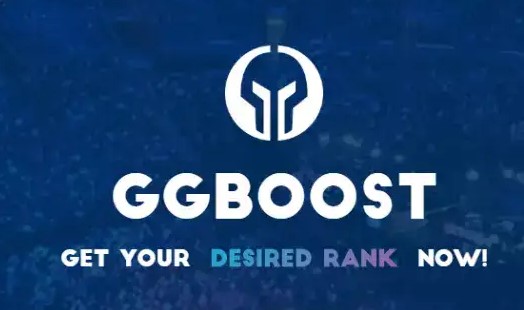Introduction:
Elo boosting has long been a controversial topic in the world of online gaming. Stemming from the Elo rating system devised for chess, it found its way into multiplayer online battle arena (MOBA) games like League of Legends (LoL) and, more recently, into tactical first-person shooter games like Valorant. In this blog, we delve into the historical evolution of Elo boosting, tracing its roots from its inception in League of Legends to its current presence in Valorant.
The Birth of Elo Boosting:
Elo boosting originated from the Elo rating system, created by Arpad Elo to calculate the relative skill levels of chess players. The system was later adopted by online gaming platforms to assess player skill in competitive multiplayer games. In the context of League of Legends, Elo boosting emerged as a service provided by skilled players or third-party companies to boost a player's rank in the game's ladder system.
Rise in Popularity:
As League of Legends soared in popularity, so did the demand for Elo boosting services. Players sought to climb the ranked ladder quickly to reach higher divisions or tiers, often resorting to Elo boosting to achieve their desired ranks. This surge in demand led to the proliferation of Elo boosting providers, creating a thriving yet contentious market within the gaming community.
Controversies and Challenges:
Despite its popularity, Elo boosting faced numerous controversies and challenges. Many players criticized it as unethical, arguing that it undermined the integrity of the competitive ladder by allowing players to attain ranks they hadn't earned through skill alone. Riot Games, the developer of League of Legends, actively combated Elo boosting through strict enforcement measures and penalties, including bans and suspensions for both boosters and boosted players.
Transition to Valorant:
With the release of Valorant in 2020, a new era of Elo boosting began. Combining elements of tactical gameplay with unique agent abilities, Valorant attracted a diverse player base eager to test their skills in competitive matches. As with League of Legends, the demand for Elo boosting in Valorant quickly emerged, driven by players seeking to climb the ranks and achieve higher skill tiers.
Adaptation and Innovation:
The transition to Valorant brought about adaptations and innovations in the Elo boosting landscape. Boosting services expanded to accommodate the nuances of Valorant's gameplay, offering tailored solutions to help players improve their ranks and performance. Additionally, new technologies and strategies emerged to circumvent detection measures implemented by Riot Games, presenting both challenges and opportunities for boosting providers and players alike.
The Future of Elo Boosting:
As Valorant continues to grow and evolve, so too will the practice of Elo boosting. While controversies and challenges persist, the demand for boosting services remains strong among players striving to excel in competitive play. Looking ahead, the future of Elo boosting will likely be shaped by advancements in gaming technology, changes in developer policies, and ongoing debates surrounding its ethical implications.
Conclusion:
The evolution of Elo boosting from League of Legends to Valorant reflects the dynamic nature of online gaming and the enduring quest for competitive success. As players navigate the intricacies of these virtual worlds, the debate over the ethics and impact of Elo boosting will undoubtedly continue. Ultimately, whether viewed as a bane or a boon, Elo boosting remains an integral part of the gaming landscape, leaving an indelible mark on the history of competitive gaming.






